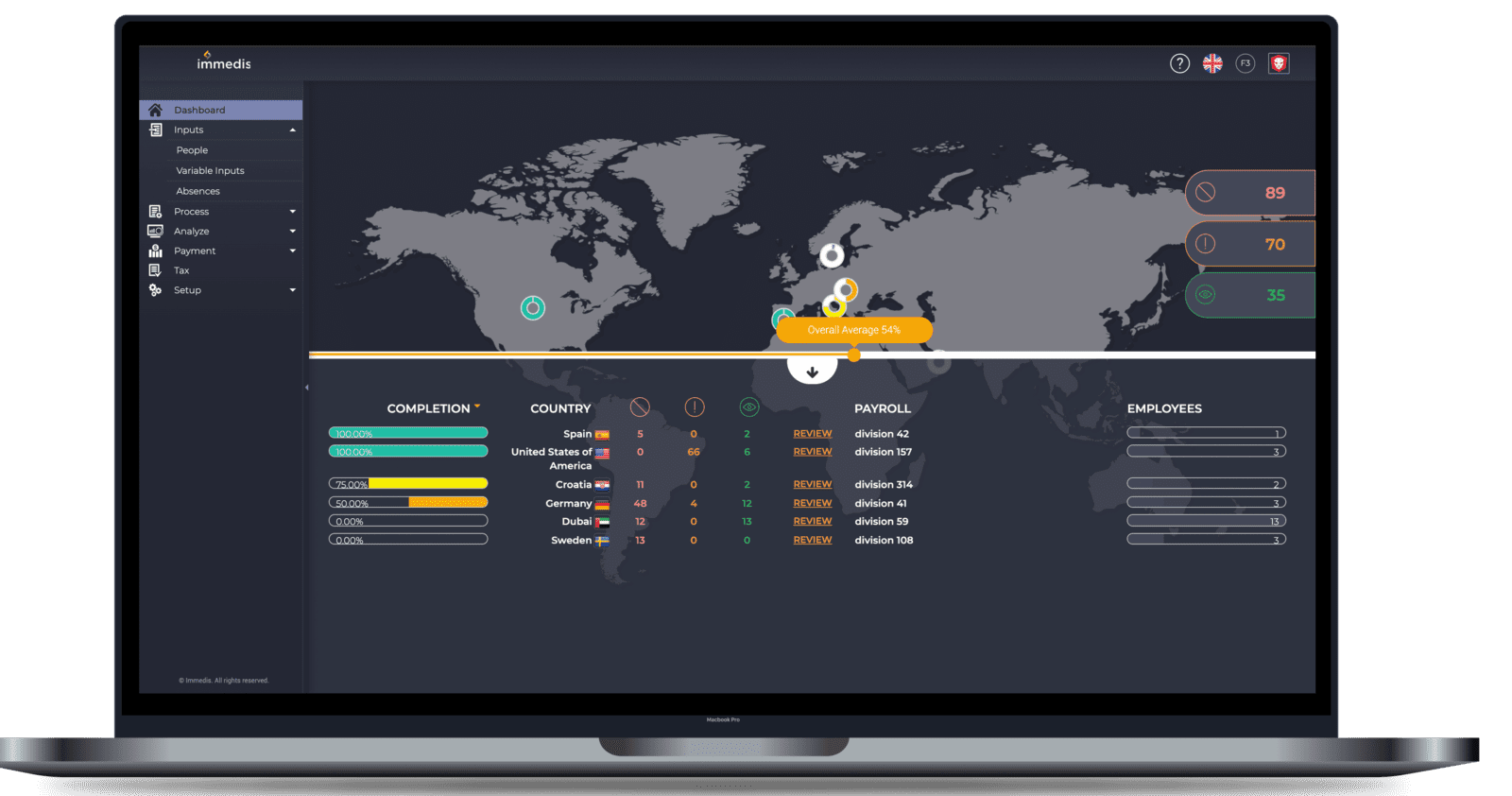How much should an organization have to make public about its employees? The answer to this question is hotly debated and never more so than now since the chair of the SEC, Gary Gensler, began advocating for a new tougher ruling that will require public companies to disclose more information on their workforces, such as data on diversity, staff compensation and employee turnover. Gensler believes that investing in a company, the human capital, the workforce is a key asset. He said, “I’ve always found that if you’re going to buy a company or sell a company — when I was doing that at Goldman Sachs — that people really wanted to have a thorough review of that workforce and its ups and downs.”
The interest in employee data is nothing new but has garnered momentum in recent years as discrepancies over pay and leadership positions have attracted attention. Some countries have already taken a stance. Earlier this year, Canada implemented the Canada Pay Equity Act. The legislation is aimed at federally regulated employers in public and private sectors with 10 or more employees and requires employers to develop post pay equity plans to identify and resolve gender wage gaps. If employers fail to be in compliance, the Pay Equity Commissioner can levy fines reaching $30,000 for employers with up to 99 staff and $50,000 for employers with over 99 staff. Since 2017 the UK government has required that employers with 250 or more employees must, on a particular date, a ‘snapshot date’, be able to comply with regulations on gender pay gap reporting. Gender pay gap calculations are based on employer payroll data drawn from a specific date each year.
While the SEC already requires companies to disclose CEO pay regarding median employee pay, the proposed regulation would be far more detailed and go into specifics such as workforce turnover, skills and development training, compensation, benefits, workforce demographics including diversity, and health and safety.
Obstacles to workforce data transparency
Research by Stanford Business School found that companies are more than happy to talk about the philosophy, design, and focus of their HCM; it rarely goes beyond that or into any great detail around metrics. As the report notes: One primary focus of early HCM disclosure is to describe diversity efforts. Another is to highlight safety records. Few provide data to shed light on the strategic aspects of HCM: talent recruitment, development, retention, and incentive systems. In other words, many businesses are reluctant to offer up a deep dive look at their workforce.
There are many reasons for this- concerns over what disparities the data may highlight and the challenge of collecting data – especially around race and ethnicity. For a variety of reasons, some countries are reluctant to collect any racial or ethnic data from their citizens. There is also the issue that even an organization’s HR collects such data, it is not shared with payroll because these systems are not synchronized. Before they can even begin to leverage the data they already have, they must integrate their HCM with payroll to use the data and avoid having to duplicate asking employees for this information.
Some business leaders also worry that the data may also be used by employees and unions to build discrimination suits or to mobilize organized labor campaigns that may not be in the best interest of investors, they say.
Preparing for reporting changes
Regardless of the impending SEC rulings, there is a broader, more holistic reason why companies should track and monitor their workforce. Studies have shown time and again that companies and employees all benefit when everyone is treated equitably. It is critical that payroll is part of the answer and that leadership has access to insights about how and what they pay across the entire organization. The Immedis Platform provides customers with multiple reports that can assist in building a better understanding of its workforce. For example, Gender Pay Gap Analysis and Average Gross Pay Distribution by Age and Gender.
Gender Pay Gap Analysis

Average Gross Pay Distribution by Age and Gender

For more information, please get in touch to discuss how the Immedis Platform can assist meet your global payroll needs.







